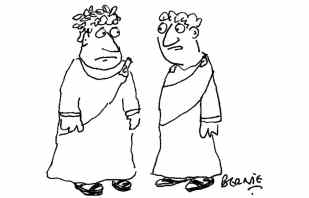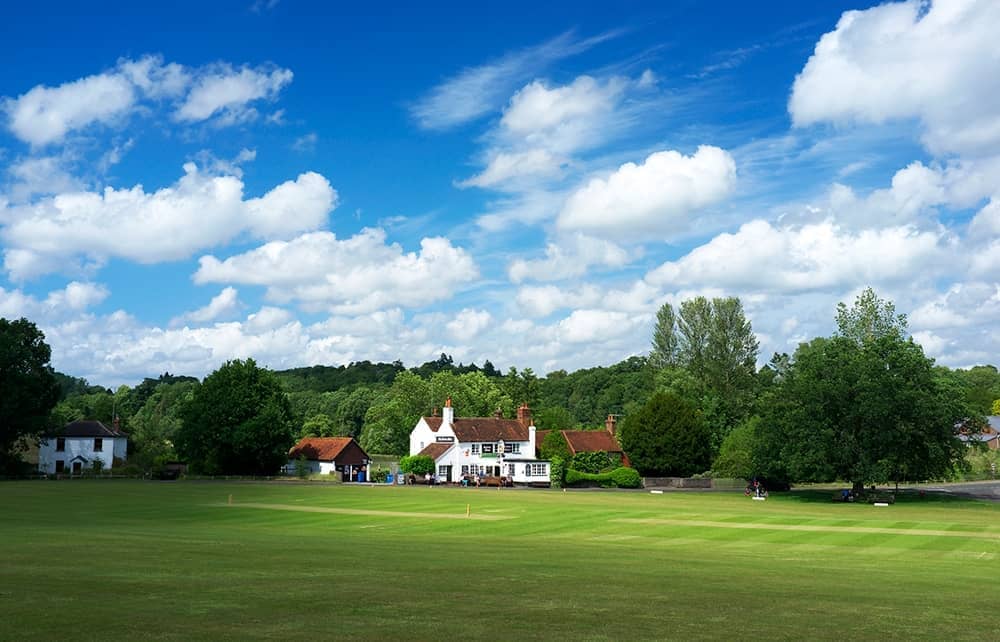The dynamics of the village can only be understood with reference to what’s happening to the parking.
Unless you study the parking, you have no way of understanding the village. Not really. You may think you understand it, but you are just scratching the surface of the alliances and enmities that make the village go around.
For example, we recently lost the residents’ parking sign relating to the dozen spaces down the unmade track that leads to my house which had been used by those of us stuck down this track through no fault of our own, other than we had a rush of blood to the head and decided it would be nice to live on a village green.
My lawyer friend at the time I bought my house warned me not to, but I wouldn’t have it. ‘Village greens are a nightmare,’ he said, with unusual fervour.
I rejected this notion. In any case, there was designated parking, and an access track which was coloured yellow on the plan on the deeds of the house, with historic rights to use it with a vehicle established over so many years, and so on.

It quickly turned out to be a rum do, as my friend predicted, because all the residents had an unusual idea of how much of the parking space they should have.
While those to the right of me had two or three spaces each, we and our neighbour to the left, for no reason we could make out, had been allotted one space each between two houses. The builder boyfriend and I parked two cars anyway, with predictable results.
But through all of this, there was a sign saying ‘Residents’ Parking’ and that meant that no matter how hot the turf war over how many spaces each of us nabbed, the dog walkers and the day trippers did not stop here, but went further on to the larger public parking area by the children’s playground instead.









Comments
Join the debate for just £1 a month
Be part of the conversation with other Spectator readers by getting your first three months for £3.
UNLOCK ACCESS Just £1 a monthAlready a subscriber? Log in